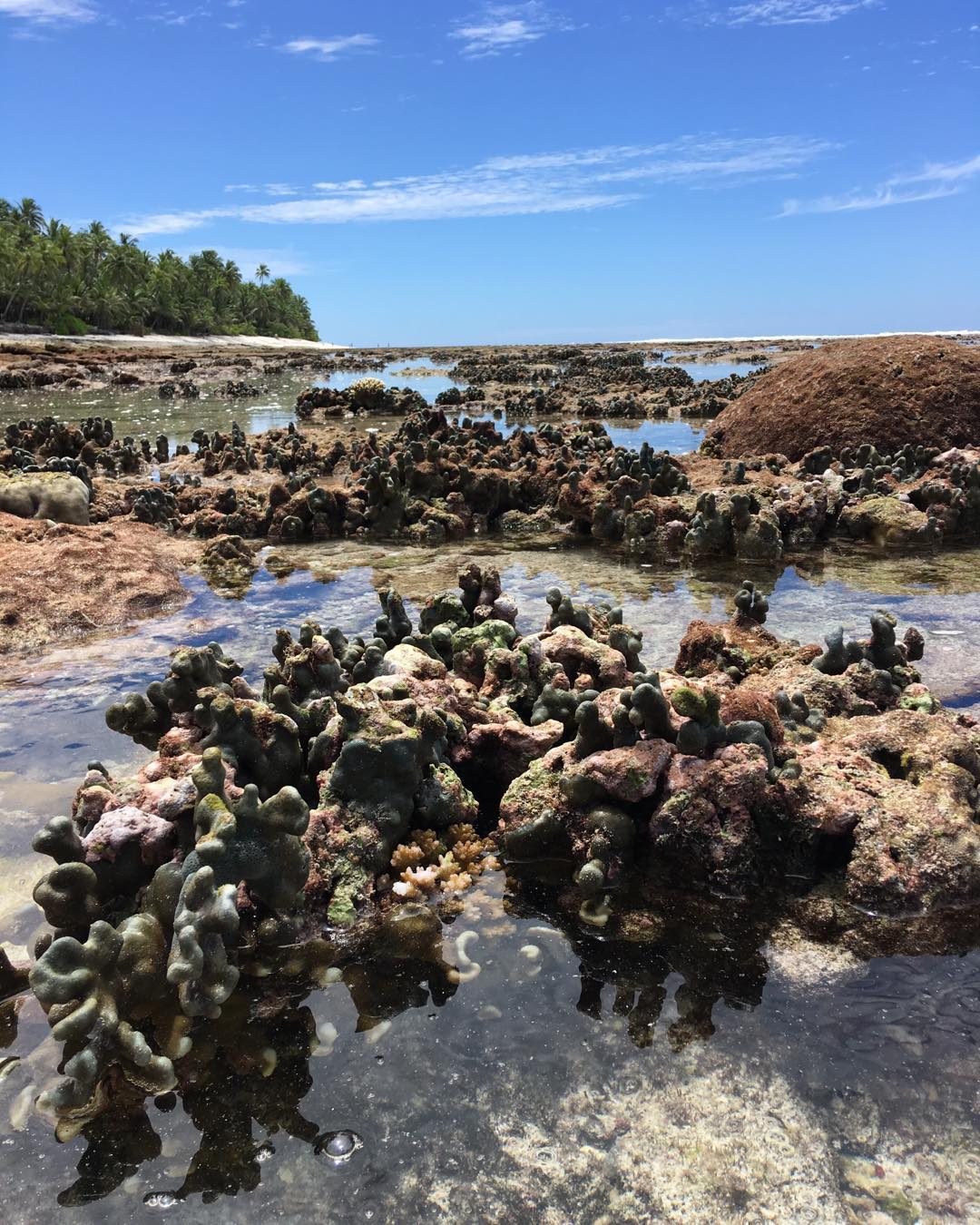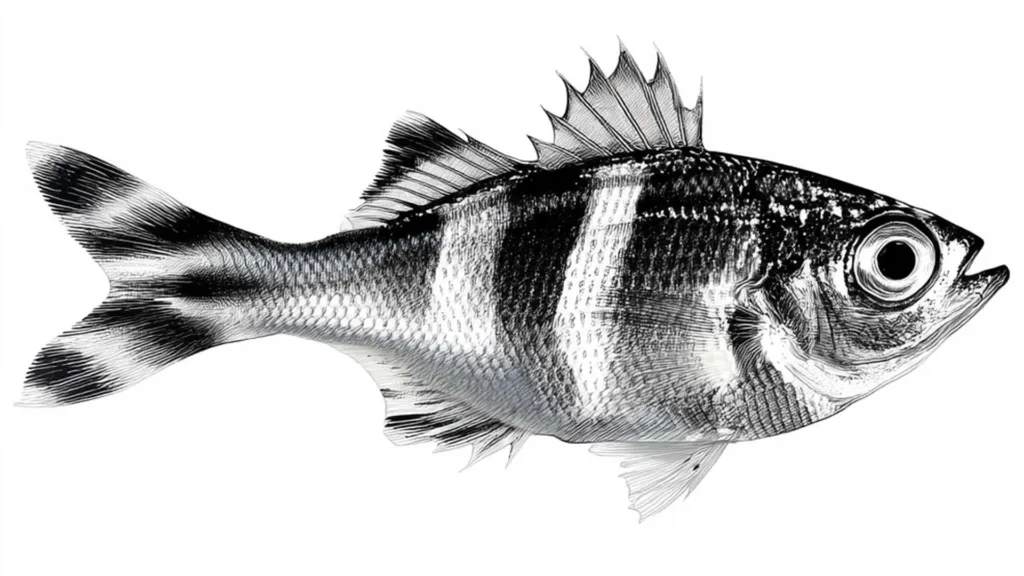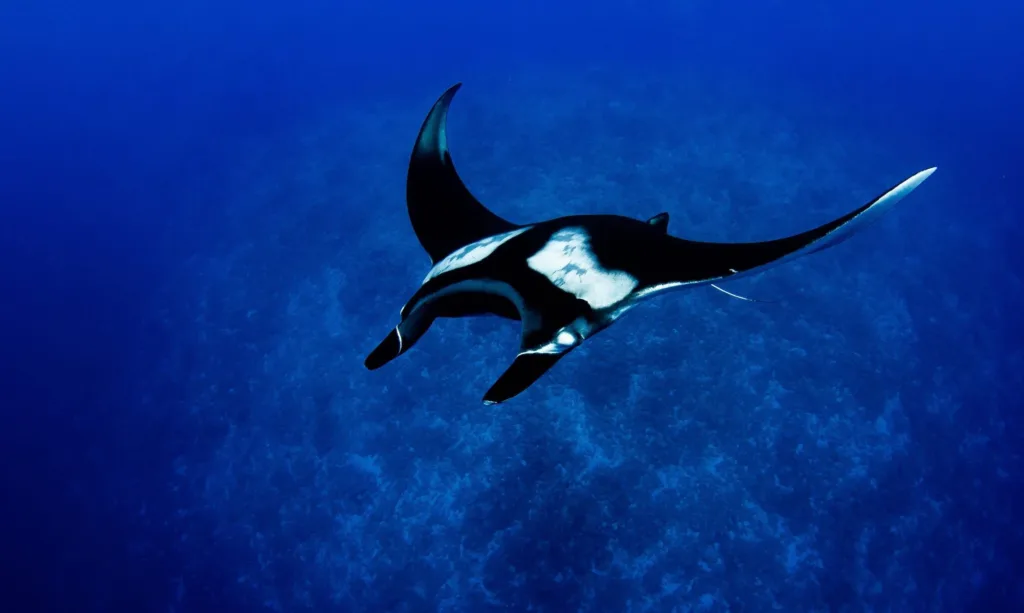
Nature is such an amazing system with dynamic and mesmerizing physical structures and mysterious occurrences. Within an ecosystem, there can be more than one natural habitat and changing environments. When the high tide subsides, the reef flat is a distinctive place with physical appearances. One can notice the pocket of water on the vast reef flats. These pockets of water are found in the intertidal zones—areas where the ocean meets the land. When the sea recedes, the shore is normally exposed.
We may think that without water on the reef flat, the rich biodiversity or various species cannot exist or survive in the area. But it is full of incredible life. These pools of water are home to many species that belong to this ecosystem, and they also play an important role in the existence of the reef system. Tidal pools are depressions formed along the shoreline of rocky coasts or areas. When the tide recedes, these pools are trapped with water. And although the tide or water is gone, it leaves these pools with rich nutrients vital for the survival of species in the pools and reef flat.
These formations are not large. Normally, the tide pools are a few inches in depth. The length (a few feet in length) of the pools varies. Hence, there are large pools or cracks and holes. These pools are exposed to direct sunlight, exposed for many hours. Although it is low in oxygen and high temperatures prevail in the area for hours, many species inhabit these pools, including snails, barnacles, mussels, anemones, urchins, sea stars, crustaceans, seaweed, and small fish. Although it is a rugged environment, the pools are rich in nutrients. During high tide, waves supply nutrients, microscopic organisms and the plants and animals in the pools are bathed. The pools are replenished, resulting in maintaining the intricate food chain.
One of the most common and unusual fish found in tide pools is tide pool sculpins. When we walk along the shore, these fish can be seen jumping out of holes and cracks as they feel a predator is in the vicinity. Species living in these pools rely on many factors for survival. Apart from temperature, salinity and oxygen, they also rely on physiological and biochemical mechanisms (Sloman, Mandic, Todgham, Fangue, Subrt , Richards, 2008). Some inhabitants cling tightly to rocks. It is interesting to know that barnacles produce a ‘cement’ that helps them adhere to the rock. This natural substance is among the most powerful glues on Earth. It sticks to any surface. It is also called barnacle glue. These tiny species are ‘master engineers.’ In 2014, an international team of scientists, led by New Castle University, UK, and funded by the US Office of Naval Research, showed that barnacle larvae release an oily droplet to clear the surface before clinging. Walk or relax on the beach; tide pools are a fascinating realm of the ecosystem.



